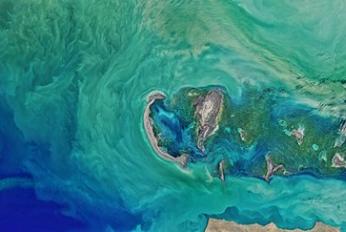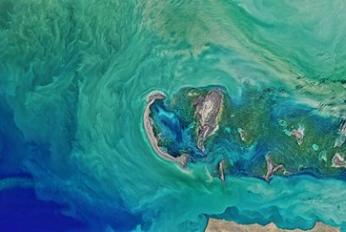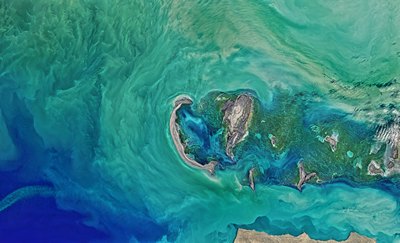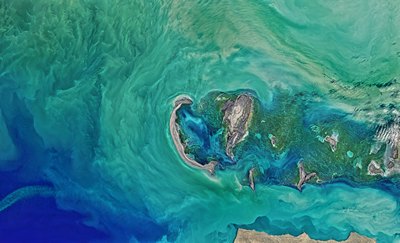Documents
This section features public documents and files uploaded by the stakeholders and custodians of the Caspian Sea environment.
 Article - Assessing the sensitivity of Caspian Kutum - Rutilus kutum- and the endangered Caspian trout - Salmo trutta caspius - to acute toxicity of nonylphenolMon, 23/04/2018 - 19:24Toxicity tests are commonly used as a tool to determine the standards of water quality for chemicals and to discover appropriate organisms as bioindicators in toxicological studies, and also could be used as an essential tool for evaluation of the pollutant effects in aquatic ecosystems. The aim of the present study was to e
Article - Assessing the sensitivity of Caspian Kutum - Rutilus kutum- and the endangered Caspian trout - Salmo trutta caspius - to acute toxicity of nonylphenolMon, 23/04/2018 - 19:24Toxicity tests are commonly used as a tool to determine the standards of water quality for chemicals and to discover appropriate organisms as bioindicators in toxicological studies, and also could be used as an essential tool for evaluation of the pollutant effects in aquatic ecosystems. The aim of the present study was to e
- Description
Toxicity tests are commonly used as a tool to determine the standards of water quality for chemicals and to discover appropriate organisms as bioindicators in toxicological studies, and also could be used as an essential tool for evaluation of the pollutant effects in aquatic ecosystems. The aim of the present study was to evaluate the sensitivity of two Caspian fish species, Caspian trout as an endangered species and Caspian Kutum using the static acute toxicity in response to nonylphenol, which is widely discharged into the Caspian Sea environment.
In addition, Caspian trout was approximately 6 times more sensitive than Caspian Kutum. Nonylphenol was reflected to be "highly toxic" to Caspian trout and "moderately toxic" to Caspian Kutum. The results could be considered in preparing plans for conservation and restocking management of Caspian Kutum and the endangered Caspian trout.
- Attached documents
- Metadata
- Year
- 2013
 Overview of oil and natural gas in the Caspian Sea region - ReportMon, 23/04/2018 - 18:21This report analyzes oil and natural gas in the Caspian region, focusing primarily on the littoral (coastal) countries of the Caspian Sea (Russia, Azerbaijan, Kazakhstan, Turkmenistan and Iran). A discussion of Uzbekistan is also included. While not a Caspian coastal state, a considerable amount of Uzbekistan's territory, al
Overview of oil and natural gas in the Caspian Sea region - ReportMon, 23/04/2018 - 18:21This report analyzes oil and natural gas in the Caspian region, focusing primarily on the littoral (coastal) countries of the Caspian Sea (Russia, Azerbaijan, Kazakhstan, Turkmenistan and Iran). A discussion of Uzbekistan is also included. While not a Caspian coastal state, a considerable amount of Uzbekistan's territory, al
- Description
This report analyzes oil and natural gas in the Caspian region, focusing primarily on the littoral (coastal) countries of the Caspian Sea (Russia, Azerbaijan, Kazakhstan, Turkmenistan and Iran). A discussion of Uzbekistan is also included. While not a Caspian coastal state, a considerable amount of Uzbekistan's territory, along with its energy resources, lies in the geological Caspian basins.
The combination of foreign investment and rising energy prices allowed the coastal countries to shift from diverting oil extraction for local use to supplying both regional and world oil markets. The ability of countries to export greater volumes of Caspian crude oil and natural gas will depend on how quickly domestic energy demand rises in those countries, how quickly they can build additional export infrastructure to global markets, and whether expensive projects to develop Caspian resources can attract sufficient investment.
- Attached documents
- Metadata
- Year
- 2013
Document

Article - Assessing the sensitivity of Caspian Kutum - Rutilus kutum- and the endangered Caspian trout - Salmo trutta caspius - to acute toxicity of nonylphenol
Document

